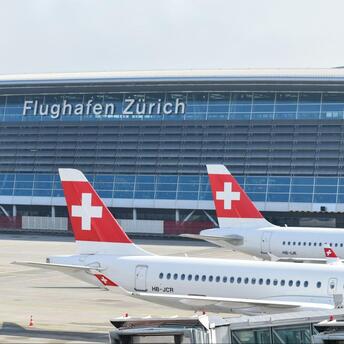Deadly Heat at Hajj: Concerns Mount After Multiple Fatalities in Saudi Arabia

At least 19 pilgrims have tragically died due to extreme heat during this year's Hajj pilgrimage in Saudi Arabia. The Jordanian foreign ministry confirmed that the majority of the deceased were from Jordan and Iran, with an additional 17 pilgrims still missing.
The fatalities include five Iranian pilgrims who died in the holy cities of Mecca and Medina, although the specific causes of these deaths have not been disclosed by Saudi authorities. Reports as of June 16 indicate that six of the deaths were attributed to heatstroke. Jordanian officials are working with Saudi authorities to manage the burial processes and the potential repatriation of the deceased.
This year's Hajj, starting on June 14, is facing unprecedented challenges due to a severe heatwave, with temperatures surpassing 46 degrees Celsius. The harsh weather conditions are particularly dangerous for the elderly, as many of the Hajj rituals involve extensive outdoor activities and long walks. According to AccuWeather, the heatwave is expected to continue, with temperatures peaking at 47 degrees Celsius on June 17 and slightly cooling to 43 degrees by June 19.
Forecasts indicate that this Hajj season will experience average temperatures in Mecca and Medina that are 1.5 to 2 degrees higher than usual. With little chance of rain, the average high temperature is expected to be around 44 degrees Celsius. Earlier predictions from the National Meteorology Centre suggested that temperatures could reach an average high of 48 degrees Celsius during the pilgrimage.
The Hajj attracts over 1.8 million participants annually, making it one of the largest religious gatherings in the world. While past pilgrimages have faced various disasters, including stampedes and fires, extreme heat remains a consistent threat.
In a broader context, climate forecasts from AccuWeather indicate that global temperatures could rise significantly between 2030 and 2100, potentially surpassing current climate model predictions. Certain regions, such as India, could see temperature increases of 5 to 10 degrees Fahrenheit over the next few decades, exacerbating already critical conditions. This could lead to temperatures in some areas exceeding 120 degrees Fahrenheit, highlighting the urgent need for global climate action.



















